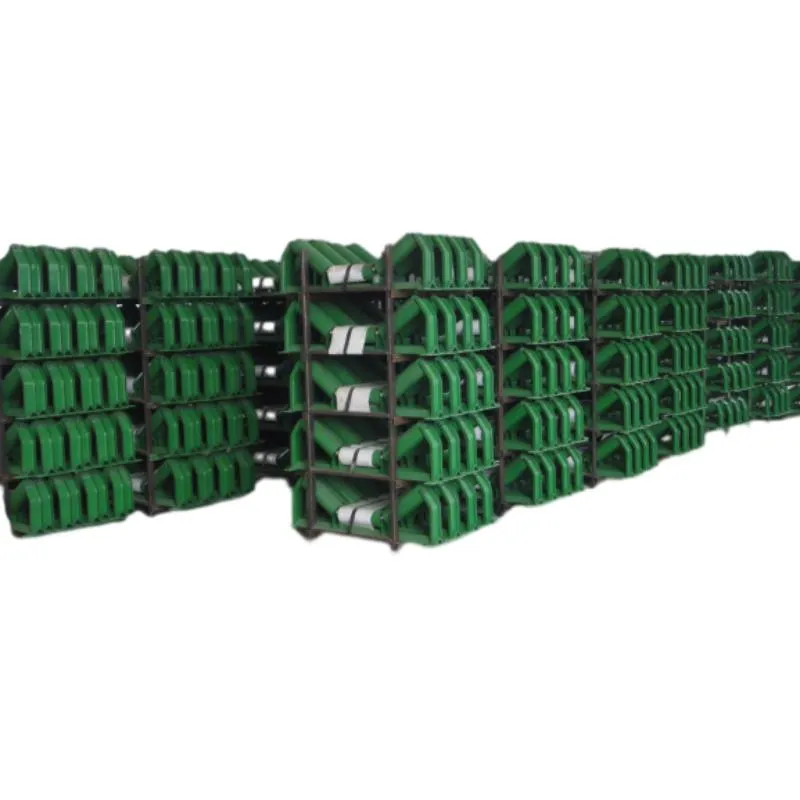 Afrikaans
Afrikaans  Albanian
Albanian  Amharic
Amharic  Arabic
Arabic  Armenian
Armenian  Azerbaijani
Azerbaijani  Basque
Basque  Belarusian
Belarusian  Bengali
Bengali  Bosnian
Bosnian  Bulgarian
Bulgarian  Catalan
Catalan  Cebuano
Cebuano  Corsican
Corsican  Croatian
Croatian  Czech
Czech  Danish
Danish  Dutch
Dutch  English
English  Esperanto
Esperanto  Estonian
Estonian  Finnish
Finnish  French
French  Frisian
Frisian  Galician
Galician  Georgian
Georgian  German
German  Greek
Greek  Gujarati
Gujarati  Haitian Creole
Haitian Creole  hausa
hausa  hawaiian
hawaiian  Hebrew
Hebrew  Hindi
Hindi  Miao
Miao  Hungarian
Hungarian  Icelandic
Icelandic  igbo
igbo  Indonesian
Indonesian  irish
irish  Italian
Italian  Japanese
Japanese  Javanese
Javanese  Kannada
Kannada  kazakh
kazakh  Khmer
Khmer  Rwandese
Rwandese  Korean
Korean  Kurdish
Kurdish  Kyrgyz
Kyrgyz  Lao
Lao  Latin
Latin  Latvian
Latvian  Lithuanian
Lithuanian  Luxembourgish
Luxembourgish  Macedonian
Macedonian  Malgashi
Malgashi  Malay
Malay  Malayalam
Malayalam  Maltese
Maltese  Maori
Maori  Marathi
Marathi  Mongolian
Mongolian  Myanmar
Myanmar  Nepali
Nepali  Norwegian
Norwegian  Norwegian
Norwegian  Occitan
Occitan  Pashto
Pashto  Persian
Persian  Polish
Polish  Portuguese
Portuguese  Punjabi
Punjabi  Romanian
Romanian  Russian
Russian  Samoan
Samoan  Scottish Gaelic
Scottish Gaelic  Serbian
Serbian  Sesotho
Sesotho  Shona
Shona  Sindhi
Sindhi  Sinhala
Sinhala  Slovak
Slovak  Slovenian
Slovenian  Somali
Somali  Spanish
Spanish  Sundanese
Sundanese  Swahili
Swahili  Swedish
Swedish  Tagalog
Tagalog  Tajik
Tajik  Tamil
Tamil  Tatar
Tatar  Telugu
Telugu  Thai
Thai  Turkish
Turkish  Turkmen
Turkmen  Ukrainian
Ukrainian  Urdu
Urdu  Uighur
Uighur  Uzbek
Uzbek  Vietnamese
Vietnamese  Welsh
Welsh  Bantu
Bantu  Yiddish
Yiddish  Yoruba
Yoruba  Zulu
Zulu Head and Tail Pulley System for Enhanced Conveyor Efficiency
Understanding Head and Tail Pulleys in Conveyor Systems
In the realm of material handling and conveyor systems, head and tail pulleys play crucial roles in ensuring the efficient operation of these systems. They are integral components that facilitate the movement of materials, whether in manufacturing plants, mining, or transportation industries. This article explores the functions, types, and significance of head and tail pulleys, and how they contribute to optimal performance in conveyor systems.
The Basic Structure and Functionality
At its simplest, a conveyor system comprises a belt that moves materials from one point to another, supported by various pulleys. The head pulley, located at the discharge end of the conveyor system, is responsible for driving the belt. It’s typically powered by an electric motor, which turns the pulley and moves the belt in a continuous loop. The tail pulley, on the other hand, is situated at the loading end of the conveyor. Its primary function is to support the tension and direction of the belt as it returns to the head pulley.
Types of Pulleys
Both head and tail pulleys can be categorized based on their design and functionality.
1. Drive Pulley (Head Pulley) This type of head pulley is directly driven by a motor. It is often equipped with features such as lagging, which enhances grip on the belt, thereby improving traction. The design may vary, with options including crowned or flat pulleys, each serving different applications depending on the belt type and load requirements.
2. Return Pulley (Tail Pulley) This is primarily a non-driven pulley that supports the return path of the belt. Its role is critical in maintaining the tension across the conveyor system. Return pulleys can also be flat or crowned and may include features such as a bush or shaft design to accommodate various applications.
3. Snub Pulley Sometimes found in conveyor systems, snub pulleys redirect the belt, allowing for increased tension on the drive pulley. This helps to prevent slippage and ensures more efficient material transfer.
head pulley tail pulley

4. Take-Up Pulley This pulley type is often used in conjunction with a tail pulley to maintain proper tension on the belt. A take-up system can be either mechanical or hydraulic, ensuring that the belt remains taut and operates smoothly.
Importance of Head and Tail Pulleys
Head and tail pulleys are indispensable to conveyor systems for several reasons.
- Efficiency They facilitate the seamless movement of materials, reducing the likelihood of delays due to mechanical failures or material jamming.
- Durability High-quality pulleys are designed to withstand heavy loads and harsh operating conditions, contributing to the longevity of the conveyor system.
- Safety Properly functioning pulleys minimize the risk of accidents by ensuring that the belt remains securely in place, thus preventing slips or sudden stops.
- Maintenance Regular inspection and maintenance of head and tail pulleys can prevent costly breakdowns. Identifying wear and tear early allows for timely replacements, ensuring the conveyor system operates at peak efficiency.
Conclusion
In summary, head and tail pulleys are vital components of conveyor systems, contributing significantly to their operational efficiency, safety, and longevity. Understanding their role, types, and importance can help industries optimize their material handling processes. As technology advances, the design and functionality of these pulleys will likely continue to evolve, paving the way for even more efficient and reliable conveyor systems in the future. Proper maintenance and selection of the right type of pulley will remain essential to harnessing the full potential of conveyor operations.
-
Revolutionizing Conveyor Reliability with Advanced Rubber Lagging PulleysNewsJul.22,2025
-
Powering Precision and Durability with Expert Manufacturers of Conveyor ComponentsNewsJul.22,2025
-
Optimizing Conveyor Systems with Advanced Conveyor AccessoriesNewsJul.22,2025
-
Maximize Conveyor Efficiency with Quality Conveyor Idler PulleysNewsJul.22,2025
-
Future-Proof Your Conveyor System with High-Performance Polyurethane RollerNewsJul.22,2025
-
Driving Efficiency Forward with Quality Idlers and RollersNewsJul.22,2025





























